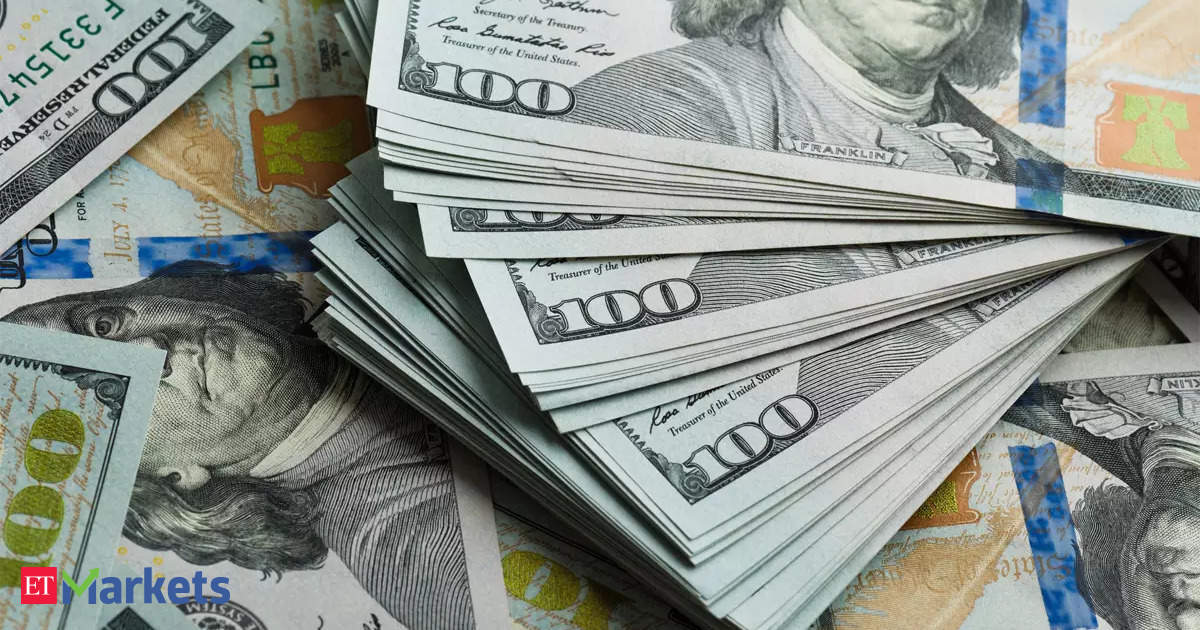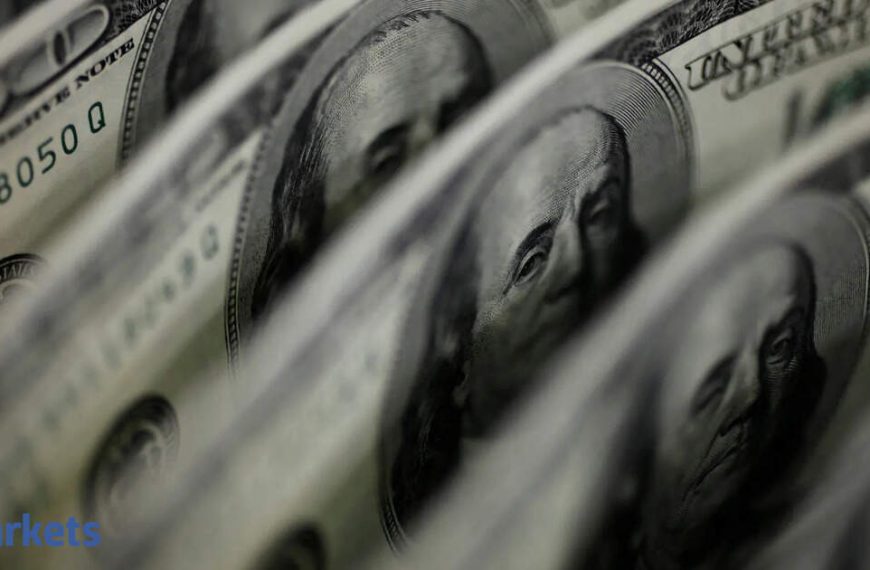On Friday, the U.S. dollar made notable gains against its major counterparts, following its strongest single-day performance in three weeks. This surge came after the Federal Reserve indicated it would not rush to lower interest rates, providing a boost to investor confidence.
Strong Dollar Performance Amid Fed Signals
The dollar index, which tracks the performance of the dollar against a basket of six currencies, was stable at 103.81 as of 0036 GMT. This follows a 0.36% increase on Thursday, recovering from a five-month low of 103.19 earlier in the week. The dollar had seen a decline from its peak of 110.17 in January 2023, largely due to growing concerns over the potential economic fallout from President Trump’s trade tariffs.
- The Federal Reserve maintained interest rates on Wednesday.
- Two quarter-point cuts are still anticipated later this year.
- Fed Chairman Jerome Powell emphasized a cautious approach, stating, “We’re not going to be in any hurry to move.”
Economic Concerns Impacting Other Currencies
The Australian and New Zealand dollars struggled to regain footing after significant losses on Thursday, driven by fears regarding the implications of U.S. trade policies. The aggressive tariff strategies have dampened market sentiment, leading to volatility in these currencies.
- The New Zealand dollar fell over 1%, even after the economy showed signs of recovery from recession last quarter.
- The Australian dollar was relatively stable at $0.6303 after a 0.86% decline.
Market Reactions and Future Outlook
Analysts note a shift in market dynamics as they prepare for the impending announcement of new tariffs on April 2. Chris Weston, head of research at Pepperstone, highlighted a potential shift in dollar positioning, stating, “As we head into the April 2 Trump reciprocal tariff announcement, there is an increased risk that market players trim back on USD shorts and look to run a more neutral position.”
The Euro, which carries significant weight in the dollar index, remained unchanged at $1.0854 after a 0.45% drop on Thursday. Weston observed, “The market seems to have lost some confidence to bid EUR/USD into 1.1000, with the current rate stabilizing in the range of 1.0950 to 1.0800.”
Currency Comparisons
- Sterling dipped slightly by 0.06%, settling at $1.2961.
- The dollar gained 0.07% against the yen, trading at 148.88.
- It remained steady against the Canadian dollar at C$1.4321.
In summary, the U.S. dollar’s recent performance reflects a complex interplay of domestic monetary policy and global economic concerns. Investors are closely monitoring developments, particularly as new trade tariffs loom on the horizon.











